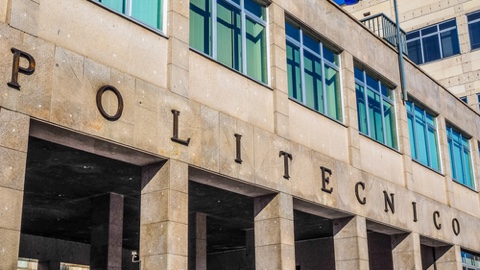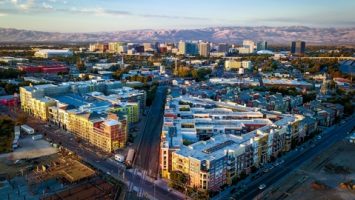
WaterView – an Italian startup founded by three engineers from the Politecnico di Torino in Italy – has introduced an innovative way to measure rainfall intensity. The technology re-purposes sensors that are already available (e.g., surveillance cameras, webcams, smartphones, cars, etc.), collects pictures during rainfall, and analyzes each raindrop – leading to an instant measurement of the rain rate associated with the captured image. As a photograph actually conveys 3D information, it is possible to count rain drops within a sampled volume, thus estimating rain intensity. Waterview has used artificial intelligence and computer vision techniques to create two products: Raincam – that turns video surveillance cameras into intelligent sensors by adding continuous rain monitoring to their usual applications, and Rainspotting – which takes advantage of crowd sourcing by embedding their IR2 technology into existing apps to improve weather related services.
Being able to measure rainfall is crucial in everyday life. Accurate and real-time rainfall measures create better forecast models that can impact travel safety, optimal management of irrigation, better planning of outdoor events, and the ability to take pro-active actions to control water runoff and flood control. Traditional rain gauging uses non-recording type gauges – generally cylindrical vessels that record rainfall levels at a specific location and must be measured every day to insure uniformity of daily reports and, recording type gauges such as weighing buckets, tipping buckets, and floating syphons. The disadvantages of these traditional methods are that usually too sparse to gather robust and precise information about rain, and cannot measure the intensity of the rainfall.
“WaterView is a success story among our spin-offs,” said Emilio Paolucci, the vice rector for technology transfer of the Politecnico di Torino. “It is a demonstration of the ability to create innovation by combining the technological development by a multidisciplinary team, with the constant support provided by our technology transfer office.”


